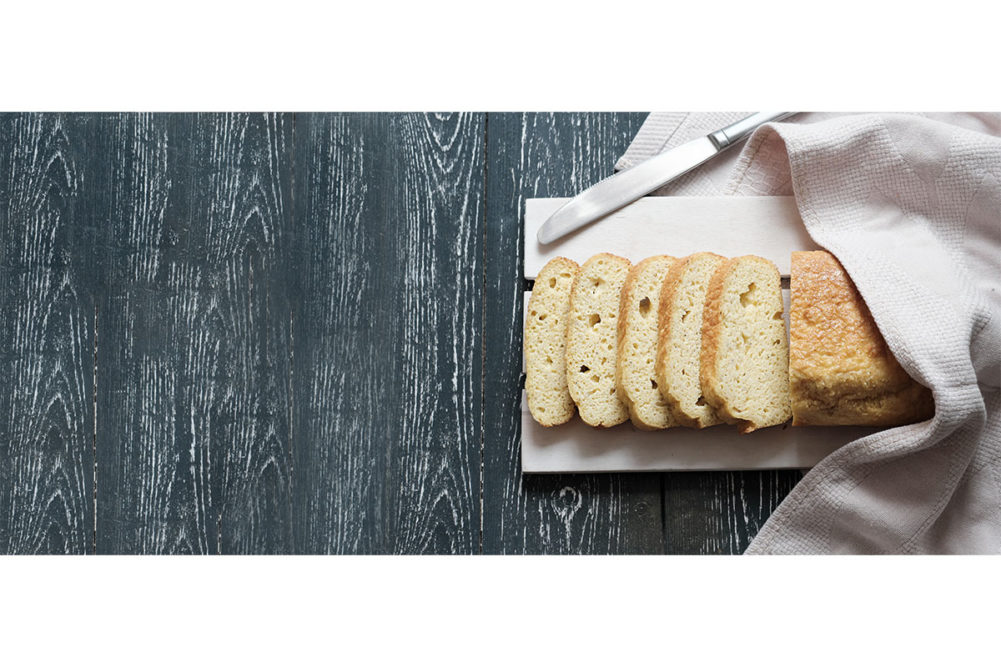KANSAS CITY — Starting with the Atkins Diet, low-carbohydrate diets have taken turns grabbing consumers’ attention this century. In recent years “keto-friendly” products have become more popular. Sweeteners, fibers, nuts and even wheat-based ingredients may work in such products.
“Keto differs from Atkins in the amount of protein consumed,” said Thom King, author of the book “Guy gone keto: How to lose weight, feel great, and achieve lifelong fitness” and chief executive officer for Icon Foods, Portland, Ore. “Keto relies on fat from a fuel source. When fat is consumed, the liver converts this fat into ketones as long as there are no carbohydrates or sugars available. This is ketosis.”
A typical keto diet might call for 5% of calories from carbohydrates, 20% from protein and 75% from dietary fats, said Dave Lindhorst, technical service manager for Cargill, Minneapolis.
“Other low-carb diets tend to focus on more moderate protein and fat intake,” he said.
Mr. King said the keto diet helped him lose weight, increase energy, and improve mental clarity and blood sugar levels.
“In my role as food scientist and self-proclaimed ‘bio-hacker,’ keto head and geek, I have tried a lot of low-carb diets from ProLon to paleo to Mediterranean,” Mr. King said. “The common thread with the majority of these is the glycemic index (GI).”
Medium chain triglycerides (MCTs) oil and ketone ester allow consumers to achieve a ketogenic status quickly, he said, adding he also is a “fan” of allulose, stevia, monk fruit and thaumatin for sweetness.
Formulations for keto-friendly products vary widely, Mr. Lindhorst said.
“For example, crafting a high protein, low-carb cookie will require significant sugar reduction,” he said. “Sugar is less of a concern in an application like bread, but traditional breads are about 50% starch. Trying to reduce all those carbs and still create something that resembles bread is not an easy ask, but ingredients like nut flours, resistant starches, soy flour and pea proteins can help.”
Cargill offers ActiStar resistant tapioca starch, which can be used for up to 10% flour replacement, he said.
Ardent Mills, Denver, offers a keto-friendly flour blend for bread and baked foods.
“There are numerous variables to consider when formulating keto-friendly items, and they all depend on the product application and desired result,” said Ken Ruud, director of innovation. “For more than a decade, Ardent Mills has experimented with various options to create a grain-based flour blend that could achieve low net carbohydrates that consumers have been seeking without compromising on taste or texture. The key to successfully creating our keto-friendly flour blends was achieving the right balance and combination of dietary fibers and proteins.”
In keto products such as bread, the elimination of wheat flour presents challenges, said Charice Grace, manager, trade marketing and stewardship for the Almond Board of California, Modesto.
“Almonds are an ideal ingredient to use as a substitution in keto-friendly products because they pair well with a wide variety of other foods, and their appealing taste and natural nuttiness can be brought out to build more complex and appealing flavors both in sweet (but lower sugar) and savory foods,” Ms. Grace said.
“Almond flour is a great fit for lower-carb items, but it lacks the same types of proteins found in wheat flour and other grains,” she said. “Manufacturers have worked to pair almond flour with complementary starches and gums to recreate the taste of wheat-based formulas and provide the bread structure, texture, and color that consumers expect.”
Ingredients sourced from wheat are options, too. Combinations of wheat proteins and fiber can replace the flour component to reduce net carbohydrates, said Brook Carson, vice president of research and development at Manildra USA, Leawood, Kan., which offers GemPro wheat proteins and FiberGem resistant wheat starch. MGP Ingredients sampled a barbecue pizza containing resistant wheat starch at IFT FIRST, the Institute of Food Technologists’ annual meeting and expo. Source: Sosland Publishing Co.
MGP Ingredients sampled a barbecue pizza containing resistant wheat starch at IFT FIRST, the Institute of Food Technologists’ annual meeting and expo. Source: Sosland Publishing Co.
“Baked goods rely on distinct structural and textural attributes to differentiate from other product types,” she said. “Maintaining those distinct attributes while formulating keto friendly products can be accomplished with wheat-based ingredients: resistant wheat starch and wheat proteins.”
MGP Ingredients, Atchison, Kan., featured its Fibersym RW resistant wheat starch in a barbecue pizza with corn relish at IFT First, the Institute of Food Technologists’ annual meeting and expo held July 16-19 in Chicago. Each slice had 13 grams of carbohydrates, including 9 grams of dietary fiber.
“Resistant wheat starch type 4 (RS4) stands out with its exceptional content of at least 90% dietary fiber and its ability to provide starch functionality in baking while contributing minimal net carbs,” said Tanya Jeradechachai, vice president of R&D/ingredient solutions for MGP Ingredients. “This valuable characteristic makes RS4 ideal for formulating keto-friendly bakery products. Furthermore, wheat protein isolates play a crucial role in enhancing the viscoelastic properties of dough and contribute to lower net-carb counts, surpassing vital wheat gluten, especially in baked goods such as bread, bagels and pizza crusts.”





